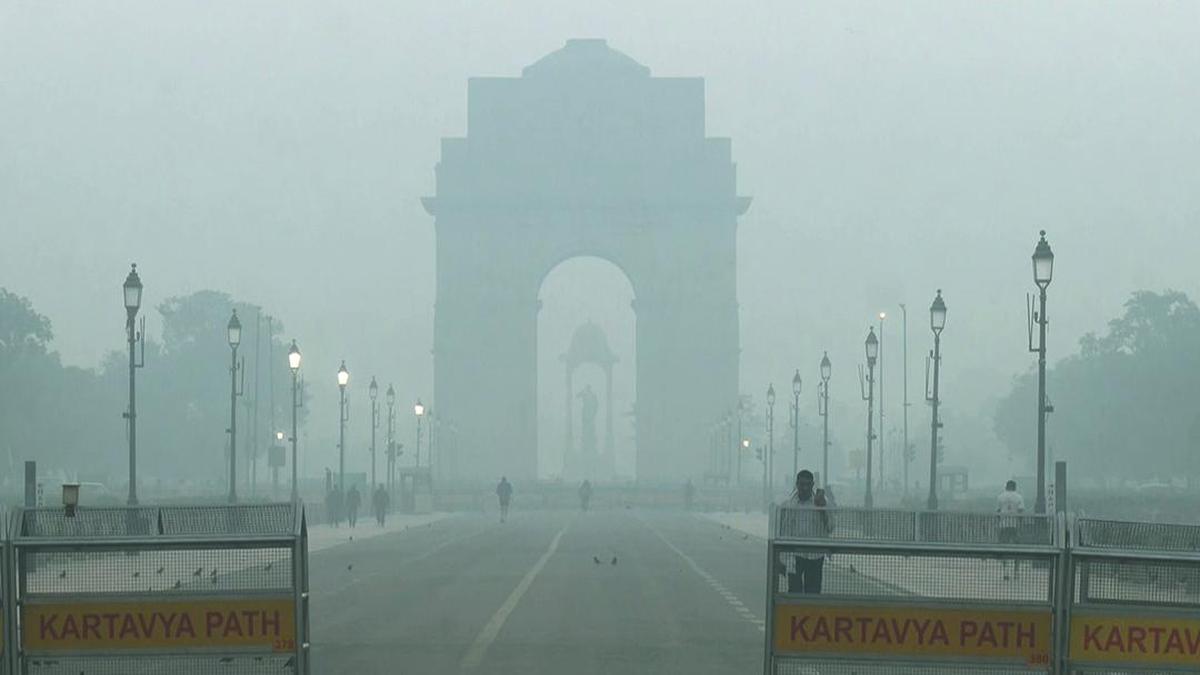Views
29
We are proud to be associated with companies like TATA AIA Life Insurance, who are not only ensuring the life of their customers but also of marginalized tribal communities of India. Their core value of considering the consumer paramount and creating distinctive opportunities for development is truly prevalent in any activity undertaken by them.
TATA AIA had also recently launched its latest brand philosophy,#RakshaKaranKiReet which proves how protecting the near and dear ones is anintrinsic trait with most Indians, which is reflected in the myriad culturalcustoms that are followed across all regions. Aligning their work towardstheir brand philosophy, TATA AIA has worked towards the raksha (protection)of not only us, but also our future generations, environment, wildlife andlocal tribal communities through their association with Grow-Trees.com.
Yes, you heard us right.
With their inspirational vision,TATA AIA Life Insurance has collaborated with Grow-Trees.com to initiate atree-planting project of 50,000 trees in 2019 on the fringes of SimlipalNational Park, District Mayurbhanj, Odisha on the community-ownedlands, to reclaim degraded lands as primary forests, strengthen forest-basedlivelihood opportunities for local communities, protect the habitat ofendangered species, uplift rural economy and rejuvenate water table.
Simlipal NationalPark is one of Indias oldest tiger reserves. Located in the area of undulatingtopography, rising from 600 metres (2,000 ft) to 1,500 metres (4,900 ft),Mayurbhanj is home to a very fertile soil profile due to the passing of atleast 12 rivers from there. But, the state of Odisha is not alien to the globalmenace of deforestation. In fact, the net decline in the forest cover of Odishaalone is 40.5 per cent of the total forest from 1935 to 2010. This massivedecline in forests has resulted in the reduction of rainfall, increase in thefrequency of floods and droughts and topsoil erosion.
With a vast area of 2,750 sq. km, the park is home to tigers, prey species and elephants. Also, melanistic or black tigers have been found in this region. A group of researchers from Bengaluru-based National Centre for Biological Sciences (NCBS) have begun their study into why a small chunk of tigers found in Odisha are melanistic. According to the Down To Earth magazine, normal tigers are giving birth to black or melanistic tigers and even normal cubs are being delivered by the black or melanistic tigresses. An increase in the number of melanistic tigers holds great implications for tree plantation activities and consequent habitat protection in this region. The trees supported here by TATA AIA Life Insurance will be significantly helping in maintaining and improving the natural habitat for these animal species, especially tigers. The improved natural landscape will, in turn, reduce the man-animal conflict in the region. The lush and dense forests will also provide the tigers with a comfortable natural habitat, shade, reduce water and air temperatures and contribute to the overall health of tigers. These natural habitats are not only well suited for big mammals like tigers but also attract other herbivores animals like elephant and hill mynah, leopard, sambar, barking deer, gaur, jungle cat, wild boar, four-horned antelope, giant squirrel and common langur. Grey hornbill, Indian pied hornbill and Malabar pied hornbill are also found here. Where tigers thrive, so do other diverse plants and animals. Such a natural habitat provides a host of animals as prey for tigers.
Additionally,lush green forests will provide sub-adult male tigers a safe territory to moveout as once they hit their adulthood, they are forced by their fathers to moveout to find new territories. Additionally, these dispersing sub-adult males areoften the ones that use a corridor and get to the adjacent protected area insearch of territories. While passing through these corridors, tigers confront arange of challenges such as hostile villagers, retaliatory poisoning oflivestock kills, poaching of tigers and prey, electrocution by live wires,apart from road and rail traffic. For this purpose, forest cover in the bufferzone will provide a natural habitat for tigers to find their new territoriesand reduce the human-animal conflict.
Changes related to the ecosystem are interrelated and hence, trees will be acting as a catalyst for several other changes in this region. These trees will be offsetting carbon from the atmosphere at the rate of ~20 kgs per tree upon maturity and would be providing a retreat for pollution-free air for urban dwellers. Also, the active participation of local communities in every step of the plantation activities has already created over 4,093 workdays and rural economic prosperity and empowerment for the longer term. Such projects will also encourage sustainable resource management amongst local communities. The project region is inhabited by a variety of tribe communities. Prominent among these are Bhumija, Gondas, Kolha, Santhala and Mankadia. Most of them are settled agriculturists and supplementing their income by being dependent on various forest resources. Many conservation practices associated these tribes have been on the decline due to the various factors including the increasing influence of modern civilization, increasing human population and decreasing wildlife availability (WWF-India); thus, the large scale plantation will improve the ecosystem services with the access of local communities to the collection of fuelwood, and another minor forest produces, thereby also contribute to reviving the traditional conservation cultures. Moreover, the increased vegetation in the region will help not just in controlling soil erosion, but will also improve moisture conservation, enhance water table in the region, contribute towards the prevention of the severe drought and flood conditions of the region and forest fires.
In their anothercollaboration with Grow-Trees.com , 100,000 trees were planted by TATA AIA LifeInsurance on the community lands of the upper catchments of the Papagani River,in the villages of Venkatakrishnahalli, Dibburhalli Gram Panchayat,Siddlaghatta Taluka, Chikkaballapur District; G Cherlopalli, Grothpalli GramaPanchayat, Bagepalli Taluka, Chikkaballapur District; Laxmipura GramaPanchayat, Srinivaspura Taluka, Kolar District in Chintamani, Karnataka, India.Trees in this project have proved successful in improving the effects of soilerosion and the water-run off. The consequent non-timber forest resources willincrease in providing for the local communities’ personal consumption and forselling the surplus in local markets. The leaves of Butea for crafting leafplates, grass for making broomsticks, berries, etc. will provide commercialopportunities to build a small-scale forest-based industry, thus, providing asteady income source to the forest dwellers. The continuous regeneration of thetrees will ensure the steady flow of resources ensuring stainability. Thetrees, when mature, will provide food and fodder to the cattle, thus,preventing them from venturing inside the forest in the territories of the wildanimals.
Hence,forests will help in maintaining the ecological balance holistically.
If you a corporate looking to make a larger impact while fighting climate change, you can write us to at alliance@grow-trees.com
Subscribe to our newsletter and recieve a selection of our cool articles every week.

When Mumbai’s Morning Haze No Longer Feels Like Home
Mumbai Weather Update: AQI Turns Severe as Thick Haze Persists, Free Press Journal (FPJ).
Nov 24, 2025

Delhi Is Gasping Again, And This Time, Even the Clouds Refused to Help
Delhi is choking again. AQI levels have slipped into the ‘severe’ zone, cloud seeding failed, and emergency measures barely make a dent. Because the city doesn’t need one-off fixes, it needs long-term healing. Trees remain the simplest, most effective answer. They absorb carbon, trap dust, cool the air, and act as natural lungs. If Delhi wants cleaner winters, it needs more green cover, not just temporary interventions. Clouds may not cooperate, but trees always will.
Nov 17, 2025
Copyrights @ 2025 All rights reserved by Pangea EcoNetAssets Pvt Ltd.